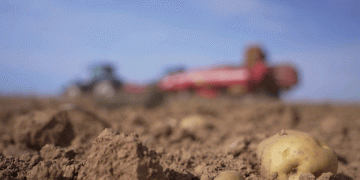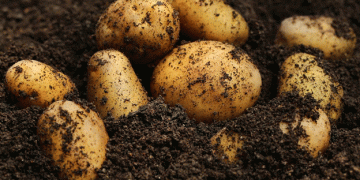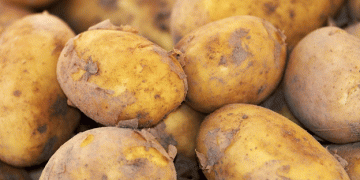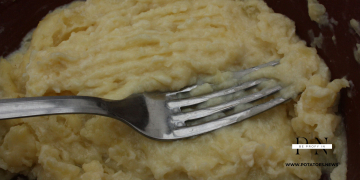It is possible to cultivate for a long time on fertile clay soil without supplying organic and artificial fertilizers from outside. This is evident from the trial with the cultivation of Planty Organic cut-and-carry fertilizers. In the evaluation after 9 years, participants and researchers were surprised by the stability. “Don’t try this on sandy ground,” is one conclusion.
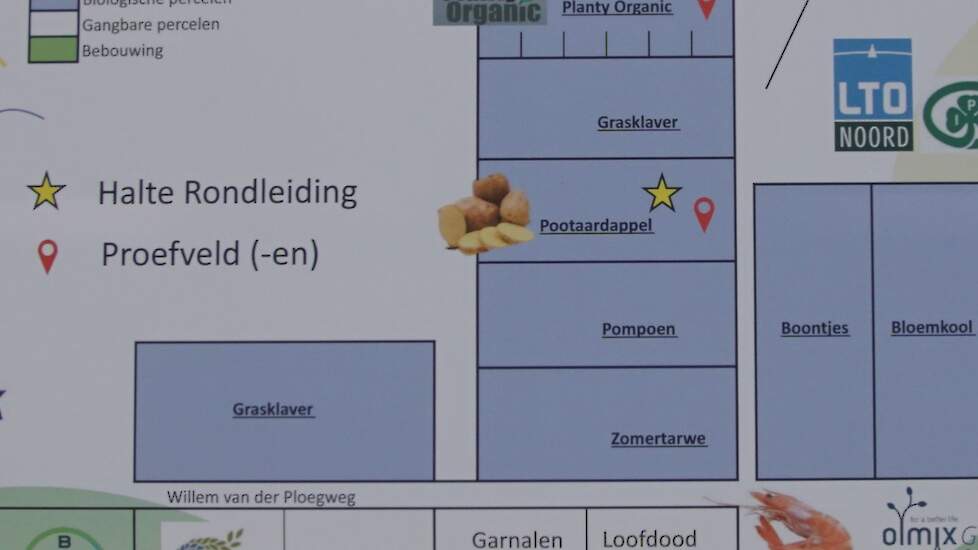
Results are interesting for all growers who have to deal with limitation of fertilizer supply.
Picture: Jorg Tönjes
At the Kollumerwaard experimental farm, the researchers explored the limits of what is possible with their own cut-and-carry fertilizers. They used an organic crop plan with a six year crop rotation. In it they included a sixth legume corn fruit, which acted as a nitrogen fertilizer. Soil fertility project employee Geert-Jan van der Burgt: “We did not use the alfalfa clover as feed for the cattle but for the soil.”
Van der Burgt says it was possible to do this for so long at the Kollumerwaard location, because the clay soil is fertile. He thinks that with the rich stock of minerals in the clay, agriculture can be done for a hundred years in this way. “That is just not the aim. We want to start a cycle. This research has to do with reducing conventional manure in organic agriculture. ”
Very far
The grower uses the harvested product to remove nutrients in such a system. Finding the limit by not supplying manure or fertilizer from outside makes the trial interesting for all arable farmers. The question was how far you can get with that. Van der Burgt answers this ground: “Very far!”
The production of the Planty Organic trial is very close to normal organic cultivation. In addition, one sixth of the soil is needed for nitrogen cultivation (17%). Compared to conventional agriculture, Planty Organic gives up 40 percent yield. Professor of Plant Production Systems Martin van Ittersum of WUR explains the 40 percent lower yields on the basis of the 20 percent that is organic under conventional and the rest from the extra surface for nitrogen cultivation. “Then that is quite right,” said Van Ittersum.
The professor finds the test at SPNA very interesting. “We don’t have to go back to 0 percent nitrogen. We can involve sustainable methods for recycling nitrogen or nitrogen. ” In the continuation of Planty Organic, the researchers want to focus on closing the cycle with residual flows.
Van der Burgt thinks it is good to omit phosphate from outside in the test. “You could say that we mine the soil like this, but I think we can first figure out how we can make the most of our own soil fertility before we exhaust the mines in Morocco.”
Enough land
Converted, in the trial 1.6 times as much land is needed to maintain the same production. This number can be partly reduced by using residual flows instead of cut-and-carry fertilizers. Vegetarian Butcher Jaap Korteweg says that more than 70 percent of the global agricultural area is now used for livestock. “There is plenty of land,” he concludes, assuming that a more plant-based diet will keep the world food supply intact.
Conclusions from nine years
In summary, Planty Organic looks back on nine successful years. This form of agriculture is feasible with in-house mechanization. Soil nitrogen and organic matter are maintained. The system is very efficient with nitrogen and the leakage to the groundwater is extremely low. This is also due to the constant overgrowth of the plots.
Van der Burgt says that the ‘externalization of costs’ is minimal. He means that few machines and therefore diesel are needed and that no scarce external resources are needed. This also applies to nitrogen production, which is also energy-consuming if it takes place in the form of fertilizers. At Planty Organic, 235 kilos of nitrogen per hectare is circulated and 76 kilos leaves the plot as a product. In the compared conventional system, 215 kilos of nitrogen is circulated per hectare per year and 125 kilos leaves the plot as a product. Conventional does have a higher production.
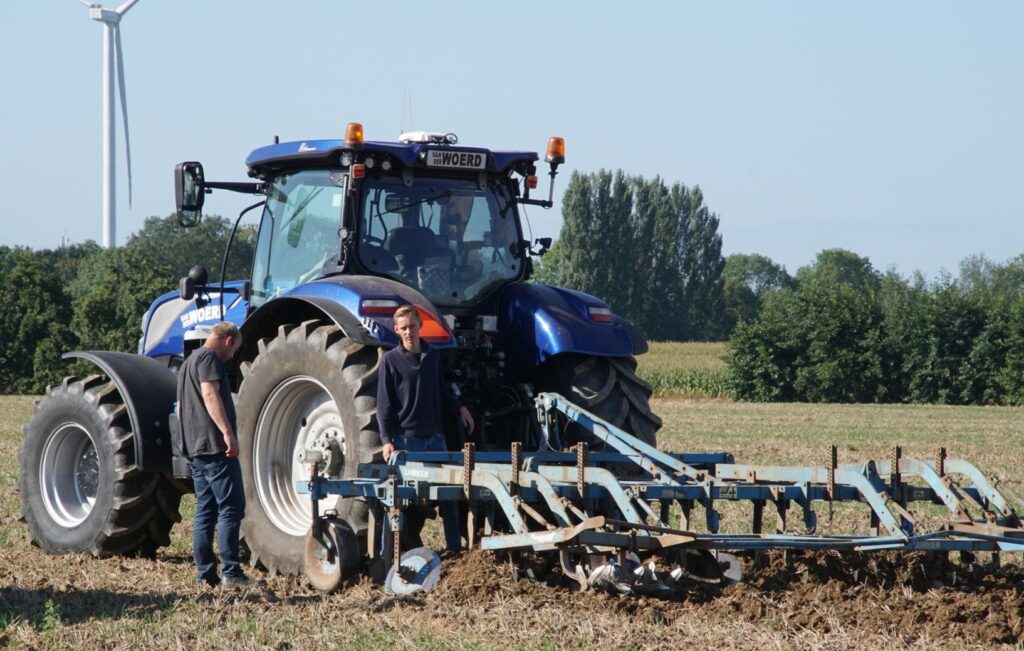
The warning not to just try this at home comes up several times during the evaluation. First, the soil must be fertile enough for it. It will be much more difficult to sustain on sand. Jan Willem Bakker, grower close to Kollumerwaard is already picking up points from the trial. “In the past ten years I have gone from 170 kilos of nitrogen to 100, part of which comes from my own cycle. In doing so, I use the knowledge from the trial about how a soil functions without an outside supply. “



